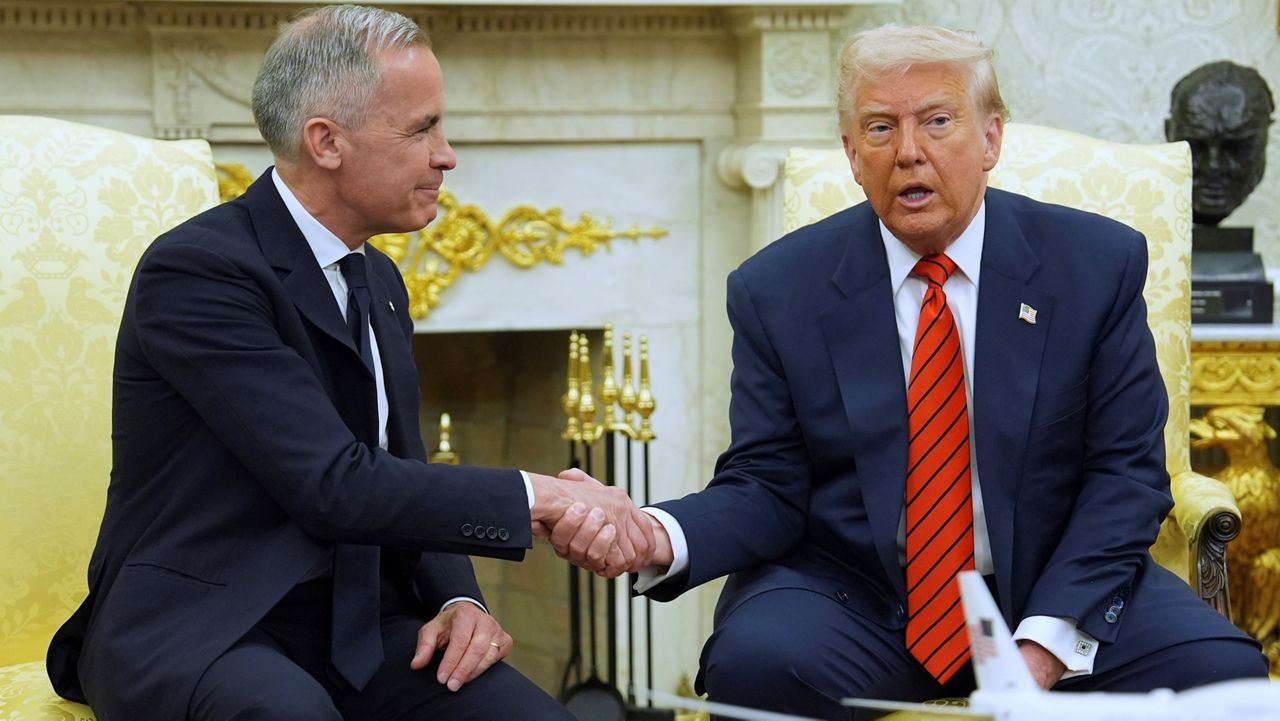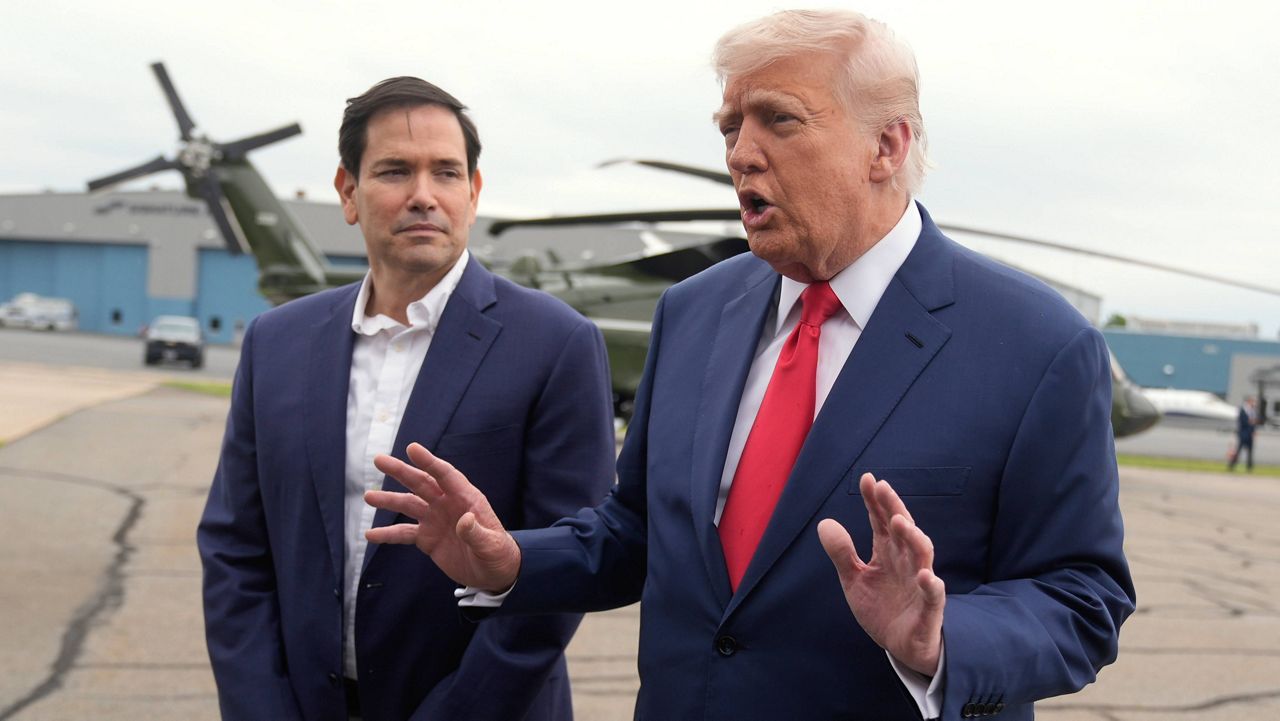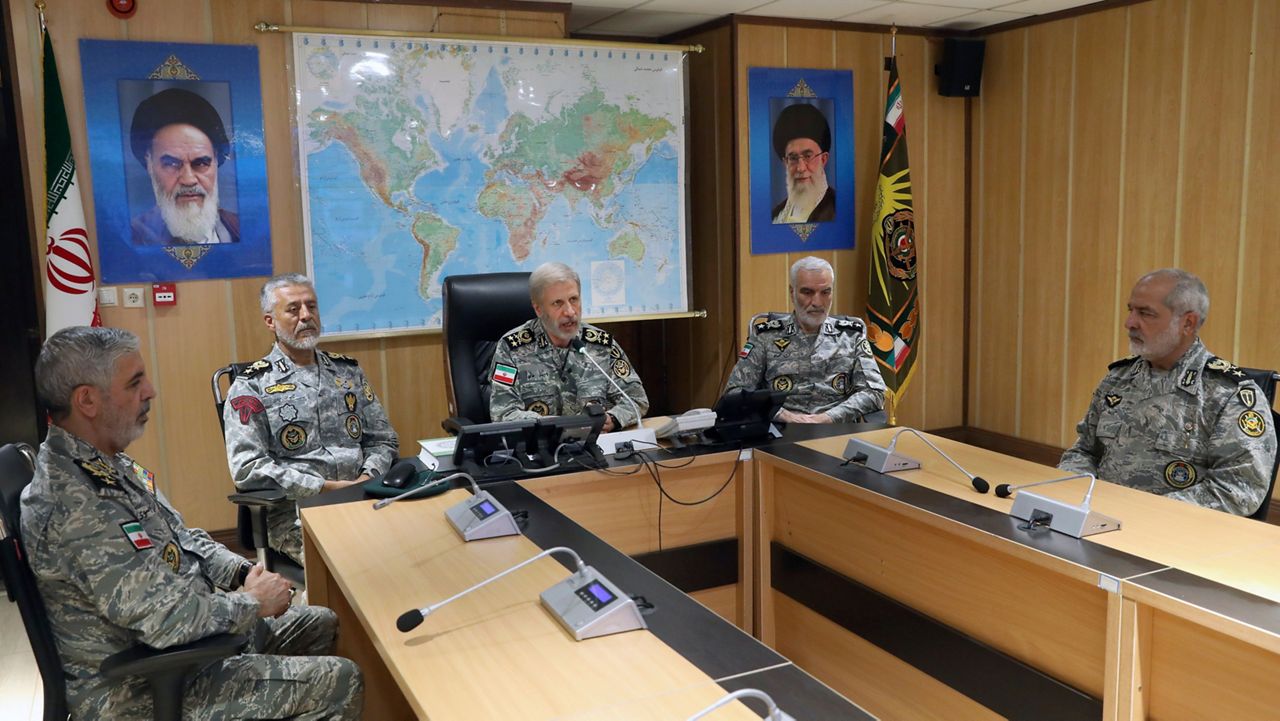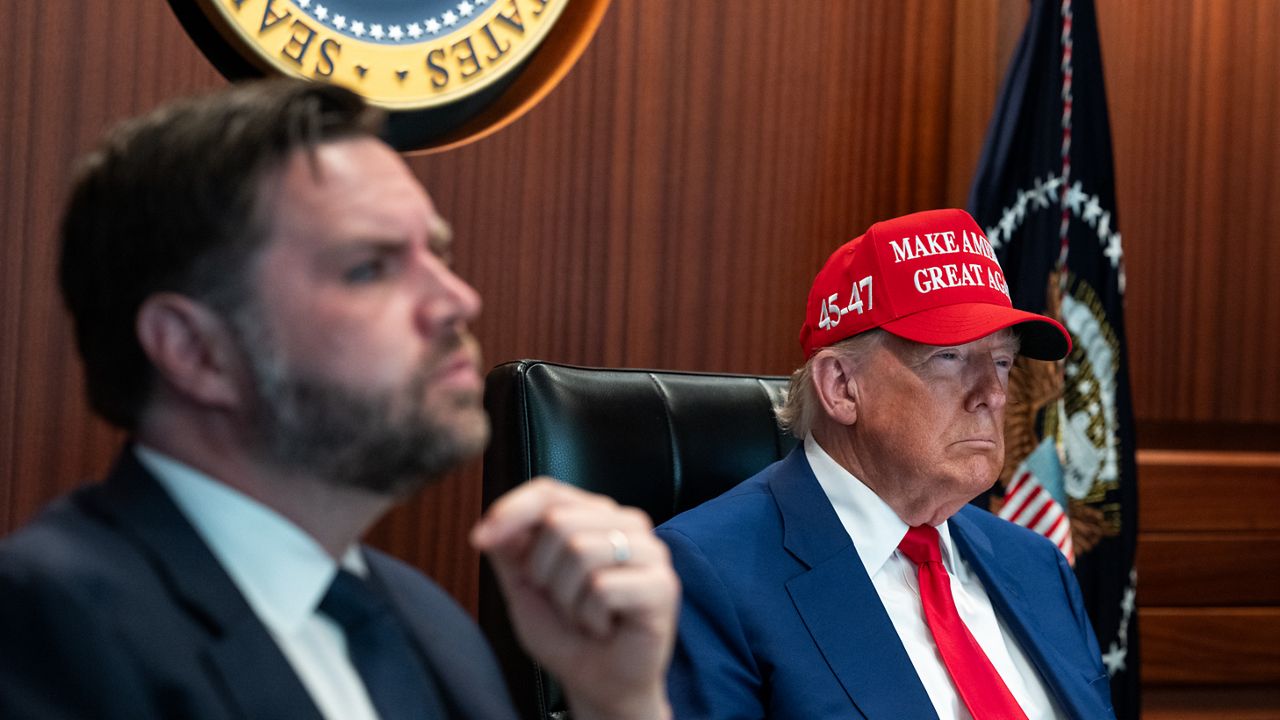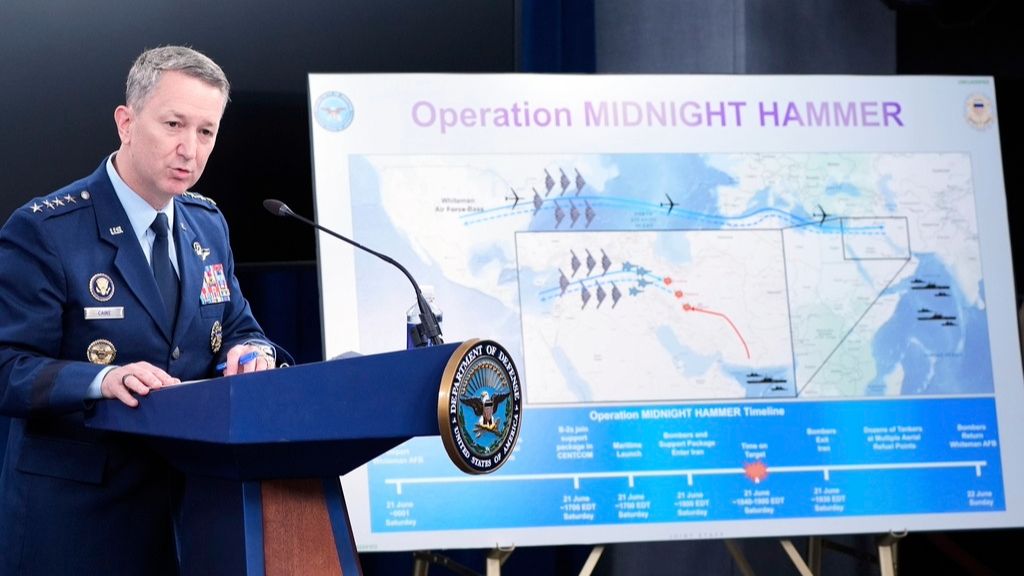WASHINGTON — President Donald Trump will set off Sunday for Canada for a two-day summit with his fellow leaders from Group of Seven nations. Trade and the war in Ukraine are expected to be top of mind at the gathering, which is now also taking place just days after Israel launched strikes on Iran, sending a jolt through the broader region and globe.
The summit, being held in the remote Canadian mountain community of Kananaskis in Alberta, will bring together the leaders of the G7 nations of the United States, United Kingdom, Canada, France, Italy, Germany and Japan.
A senior U.S. official told reporters that Trump will seek to use his two days with international counterparts to make strides on “top level economic and security issues of shared concern.” The official specifically cited copper trade, critical minerals, immigration and drug smuggling, wildfires, artificial intelligence and energy production as topics that will be discussed.
“The president is eager to pursue his goals in all of these areas, including making America's trade relationships fair and reciprocal, unlocking new markets for American energy exports and positioning the U.S. to be the world leader and international partner of choice on AI technologies,” the official said.
But there is little doubt that also underlying the summit will be the sweeping tariffs Trump has looked to implement on major allies and specific industries as well as his clearly stated desire to annex the host country and make it a part of the U.S. and his general “America first” approach to foreign policy.
The last time Trump attended such a summit on Canadian soil was in his first term in 2018, when he clashed with its then-Prime Minister Justin Trudeau and rejected signing on to the joint statement typically issued at the end of such events.
This time, Trump will be dealing with a fresh face, Prime Minister Mark Carney, newly elected this year upon Trudeau’s exit. Some credit Carney's vocal commitment to stand up against Trump’s annexation and tariff threats as helping him pull off a major political comeback and ultimately win the office.
Trump has appeared to take a friendlier tone with Carney than he did with Trudeau thus far, and the two sat down together in the Oval Office for a meeting last month. Nonetheless, tensions are still present with Trump not letting up on his desire to make Canada an American state and Carney this week signaling an effort to shift away from reliance on the U.S.
The senior U.S. official told reporters that this year Canada has worked with G7 member countries to create "short, action-oriented leader statements" on certain issues.
Meanwhile, the 90-day pause Trump implemented on most of his sweeping country-specific tariffs, as well as the separate pause he granted the European Union, are both set to expire next month. That means U.S. allies around the globe, including many at the summit, could soon be hit with significantly higher fees for importing products into America as Trump seeks better trade agreements. But uncertainty hangs over those talks as well after a series of consequential court rulings last month, which left Trump’s ability to impose the tariffs in place for now after a court ruled them not legal.
The U.S. cemented a new trade deal with the U.K. in the wake of the tariff announcement, and administration officials have repeatedly cited Japan as a nation they are working hard to strike an agreement with. But other than that, it is unclear where the administration is at in terms of new agreements with other nations.
The more than three-year-long war in Ukraine was thought to be the conflict at the top of the agenda, but Israel’s strike on Iran this week may now give the bubbling tensions in the Middle East and how to approach Tehran time on the docket as well.
Despite saying during his 2024 campaign that he would end the war between Russia and Ukraine on his first day back in the White House, Trump’s efforts to bring about a ceasefire have proved thus far unsuccessful, and the U.S. president has made clear his frustration. He told reporters this week that he was “disappointed” with both Russia and Ukraine after recently saying he may just have to let them “fight for a while.”
Many of the European leaders set to attend the summit have made individual trips to Washington for sit-downs in the Oval Office in which they urged the U.S. president to continue supporting Ukraine.
Despite not being the leader of a G7 nation, Ukrainian President Volodymyr Zelenskyy is also expected to attend the summit, as is Mexican President Claudia Sheinbaum.
The leaders of Canada, the United Kingdom, Japan and Germany were all fairly recently elected.




